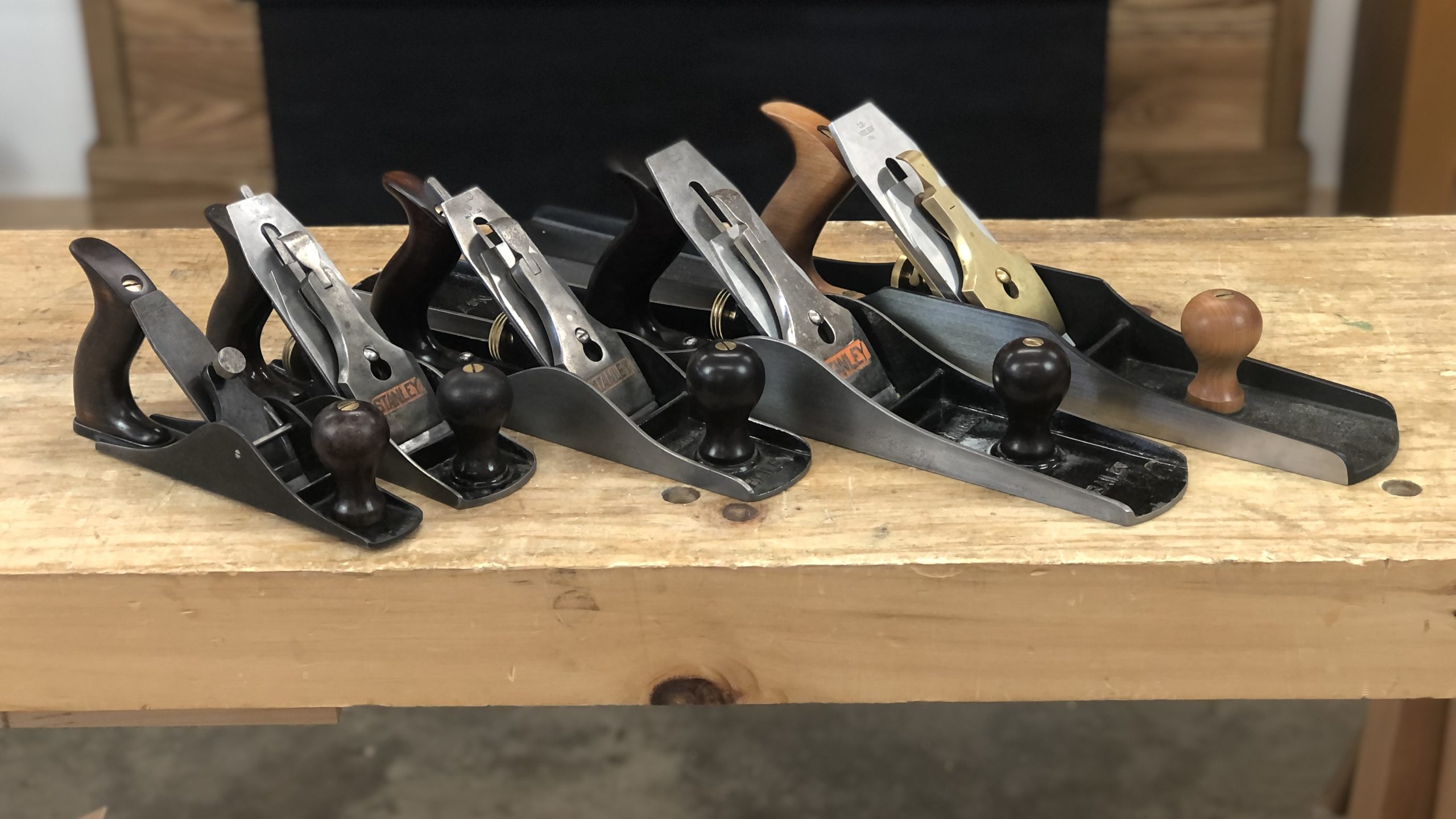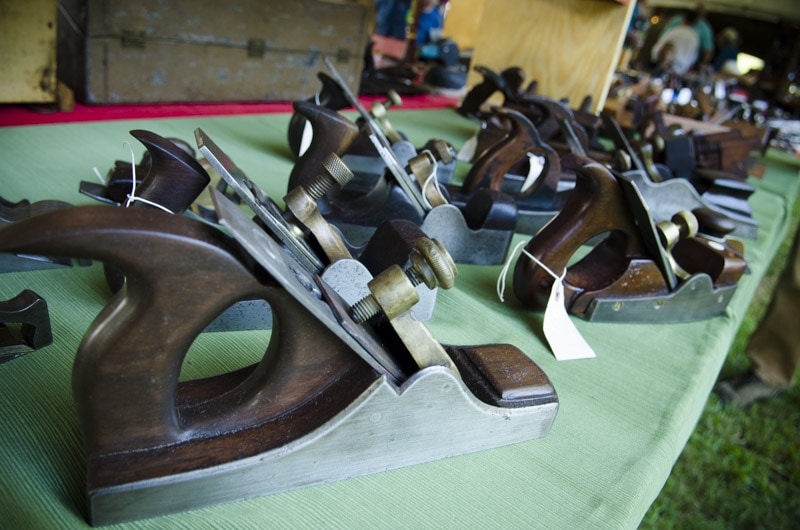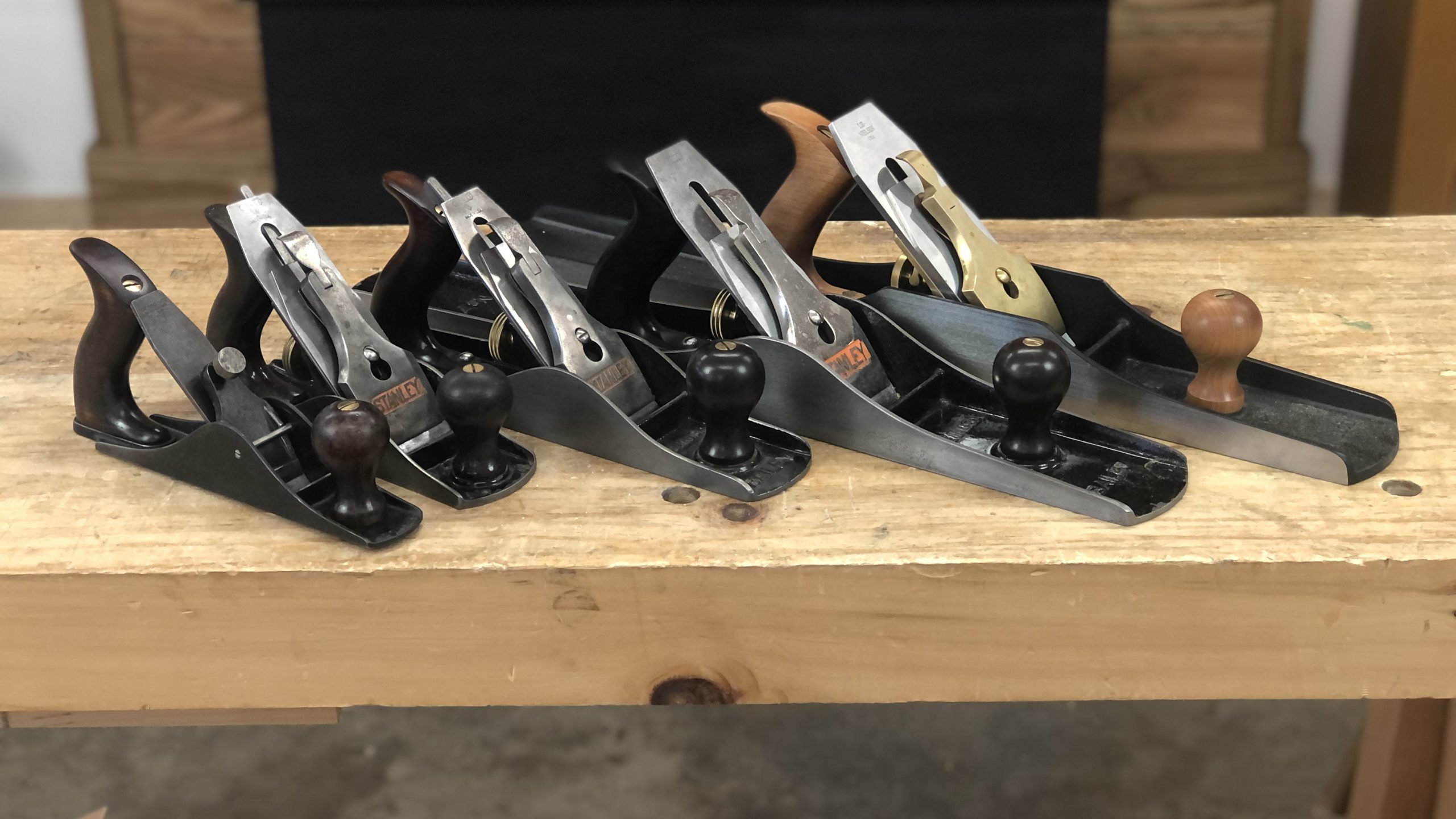Looking to add a hand plane to your woodworking toolbox? Wondering which one is the best to buy? Well, you’ve come to the right place! In this article, we’ll explore the world of hand planes and help you discover the perfect tool for your woodworking adventures. So, let’s dive right in and find out what makes a hand plane truly exceptional!
When it comes to woodworking, having the right tools can make a world of difference. And when it comes to hand planes, there are countless options out there. But fear not, young woodworker! We’re here to guide you through the exciting process of choosing the best hand plane that suits your needs and budget. Whether you’re a beginner or a seasoned pro, we’ve got you covered.
Now, you might be wondering, “What exactly is a hand plane?” Well, imagine a magical device that helps you smooth rough surfaces, shape wood, and achieve precise cuts with ease. That’s a hand plane! It’s like having a superpower in your hands that allows you to transform a raw piece of wood into a work of art. So, if you’re ready to take your woodworking skills to the next level, let’s find out which hand plane will be your trusty sidekick on this creative journey!

What is the Best Hand Plane to Buy? A Comprehensive Guide to Choosing the Perfect Hand Plane
Are you a woodworking enthusiast looking to take your craft to the next level? One essential tool you should consider adding to your collection is a hand plane. Hand planes are versatile tools that can be used for smoothing, shaping, and finishing wood surfaces. However, with so many options available on the market, it can be overwhelming to determine which hand plane is the best fit for your needs. In this comprehensive guide, we will explore the different types of hand planes, their features, and provide valuable tips to help you make the right choice.
The Different Types of Hand Planes Explained
When it comes to hand planes, there are several different types to choose from, each designed for specific tasks and applications. Understanding the different types of hand planes is crucial in selecting the best one for your woodworking projects.
Bench Plane: The All-Purpose Workhorse
The bench plane is one of the most commonly used hand planes. It is versatile and can handle a variety of tasks, including flattening, smoothing, and squaring edges. Bench planes come in different sizes, with the No. 5 being the most popular choice for general woodworking. Its medium length and weight make it easy to handle while still providing enough heft for effective planing.
One important factor to consider when choosing a bench plane is the blade type. Most bench planes come with either a bevel-up or bevel-down blade. A bevel-up blade is more versatile and allows for a steeper cutting angle, making it suitable for end grain and highly figured woods. On the other hand, a bevel-down blade excels at heavy stock removal and leveling large surfaces. Ultimately, your choice will depend on the type of work you typically do.
Benefits:
– Versatile and can handle various tasks.
– Comes in different sizes to suit different needs.
– Can be fitted with different blades for specific applications.
– Well-balanced and easy to handle.
– Allows for precise and controlled planing.
Smoothing Plane: For Fine Finishing Touches
If you’re looking to achieve a smooth and polished surface, a smoothing plane is an excellent choice. Smoothing planes have a shorter sole and a finely tuned blade, allowing them to take very thin shavings and produce a glass-like finish on wood surfaces. These planes are typically used after rough shaping or to remove any imperfections left by other tools.
Smoothing planes come in various sizes, with the No. 4 being the most popular for general woodworking. It is small enough to be maneuverable but still substantial enough to provide stability during planing. When selecting a smoothing plane, consider factors such as blade quality, adjustability, and ease of use. Look for planes with adjustable mouths, as this allows for fine-tuning the depth of cut and minimizing tear-out.
Benefits:
– Creates a smooth and polished surface.
– Ideal for removing imperfections and refining wood surfaces.
– Can take very thin shavings for a fine finish.
– Small and maneuverable for precise work.
– Adjustable mouth for better control and reduced tear-out.
Block Plane: The Handy and Portable Option
If you frequently find yourself working on small projects or need a portable option, a block plane is an indispensable tool. Block planes are compact, lightweight, and can easily be carried in a toolbox or pocket. They are typically used for detail work, end grain planing, and chamfering.
When choosing a block plane, look for one with an adjustable mouth and a low cutting angle. The adjustable mouth allows for controlling the depth of the cut, while a low cutting angle reduces tear-out on end grain. Additionally, some block planes come with a lever cap or a knuckle cap, which adds stability and enhances control during use.
Benefits:
– Portable and easy to carry.
– Ideal for small projects and detail work.
– Can be used on end grain and chamfering.
– Adjustable mouth for precise control.
– Provides stability and control with a lever cap or knuckle cap.
Finding the Perfect Hand Plane for You: Factors to Consider
Choosing the best hand plane for your needs involves considering various factors. Here are some key elements to keep in mind:
Size
The size of the hand plane is an important consideration, as it affects both maneuverability and performance. Larger planes are more stable and can cover more surface area in one pass but may be less maneuverable. Smaller planes, on the other hand, offer greater maneuverability but may require more passes to cover the same area.
Blade Quality
Investing in a high-quality blade is essential for achieving precise and clean cuts. Look for blades made from high-carbon steel or tool-grade steel for durability and edge retention. Additionally, consider easy blade replacement and adjustment mechanisms, as this will significantly impact the ease of use and maintenance of your hand plane.
Ergonomics and Comfort
Since hand planes require manual operation, it is crucial to choose one that feels comfortable in your hand and is ergonomically designed. Look for features such as contoured handles, ergonomic grips, and adjustable depth controls for added comfort and ease of use.
Price
Hand planes come in a wide range of prices, and the cost can vary significantly based on factors such as brand, materials used, and additional features. Set a budget based on your needs and research options within that range. Remember, it’s always better to invest in a high-quality hand plane that will last for years rather than settling for a cheaper option that may not deliver the desired results.
Conclusion
Choosing the best hand plane for your woodworking projects is a crucial decision that can greatly impact the ease, efficiency, and quality of your work. By understanding the different types of hand planes, their features, and considering factors such as size, blade quality, ergonomics, and price, you can make an informed choice tailored to your specific needs. Whether you opt for a bench plane, a smoothing plane, or a block plane, investing in a high-quality hand plane will undoubtedly enhance your woodworking experience and ensure beautiful, professional-level results.
Key Takeaways: What Is the Best Hand Plane to Buy?
- Consider your woodworking experience and budget before deciding on a hand plane.
- Research different types of hand planes, such as block planes, bench planes, and specialty planes, to find one that suits your needs.
- Look for a hand plane made from high-quality materials for durability and precision.
- Read customer reviews and testimonials to gauge the performance and reliability of the hand plane.
- Consult with experienced woodworkers or seek advice from online communities for recommendations on the best hand planes to buy.
Frequently Asked Questions
Are you in the market for a new hand plane but wondering which one to buy? Look no further! We’ve got answers to your burning questions about finding the best hand plane for your needs. Read on to get the scoop!
What factors should I consider when choosing a hand plane?
When it comes to selecting the best hand plane for your projects, there are a few key factors to keep in mind. First, think about the type of woodworking you’ll be doing. Different hand planes are designed for specific tasks, such as smoothing, jointing, or shaping.
Next, consider the size and weight of the hand plane. Larger planes are generally more stable and suitable for heavier tasks, while smaller planes offer greater precision for intricate work. Additionally, the blade quality, adjustability of the plane, and the comfort of the handle should also be taken into account.
What types of hand planes are available in the market?
There are several types of hand planes available, each with its own specific purpose. The most common types include bench planes, block planes, shoulder planes, and specialty planes like spokeshaves and router planes.
Bench planes are versatile and come in different sizes, from scrub planes used for rough work to smoothing planes for a fine finish. Block planes are compact and commonly used for trimming end-grain, chamfering edges, and fitting joints. Shoulder planes are excellent for cleaning up tenon shoulders and rebates. Specialty planes are designed for unique tasks like shaping curved or irregular surfaces.
What should I look for in a hand plane blade?
The blade of a hand plane is a crucial component to consider. Look for a blade made of high-quality steel that stays sharp for extended periods. It’s important to choose a blade that can be easily sharpened or replaced, as well as one that can be adjusted to achieve different cutting depths.
Consider the blade angle as well – a low angle blade is more suitable for end grain and softer woods, providing a clean cut, while a higher angle blade is better for cross-grain and harder woods, offering durability and resistance to tearout.
Should I opt for a vintage or new hand plane?
Both vintage and new hand planes have their pros and cons. Vintage hand planes can provide a sense of nostalgia and may have unique features not commonly found in modern planes. They are often made with high-quality materials and can be a more affordable option.
On the other hand, new hand planes are manufactured with modern technology and precision, offering improved accuracy and ease of use. They often come with warranties, ensuring you have reliable customer support if needed. Ultimately, the choice between vintage and new hand planes depends on your personal preferences and budget.
What is an adjustable mouth and why is it important in a hand plane?
An adjustable mouth is a feature found in some hand planes that allows you to modify the size of the opening in front of the blade. This feature is particularly useful when working with different wood grain orientations or when you need to control the depth of the cut.
A narrower mouth opening is suitable for finer cuts and reduces the likelihood of tearout, while a wider mouth opening is useful for heavier cuts or when working with difficult grain patterns. The ability to adjust the mouth gives you more versatility in your woodworking projects and allows you to achieve cleaner and more precise cuts.

What Hand Plane Should You Buy?
Summary
Choosing the right hand plane can be tough, but considering your budget and needs is important. A block plane is versatile and great for beginners, while a bench plane is better for larger projects. Quality matters, so investing in a reliable brand is a good idea. Remember to prioritize adjustable features for customization and comfort. Lastly, learning how to use and maintain your hand plane is essential for achieving excellent results.
Hand planes are fantastic tools for woodworking, and the best one for you depends on various factors. Take your time, research options, and don’t forget to consider your own preferences and experience level. With the right hand plane, you’ll be on your way to creating beautiful projects in no time.
